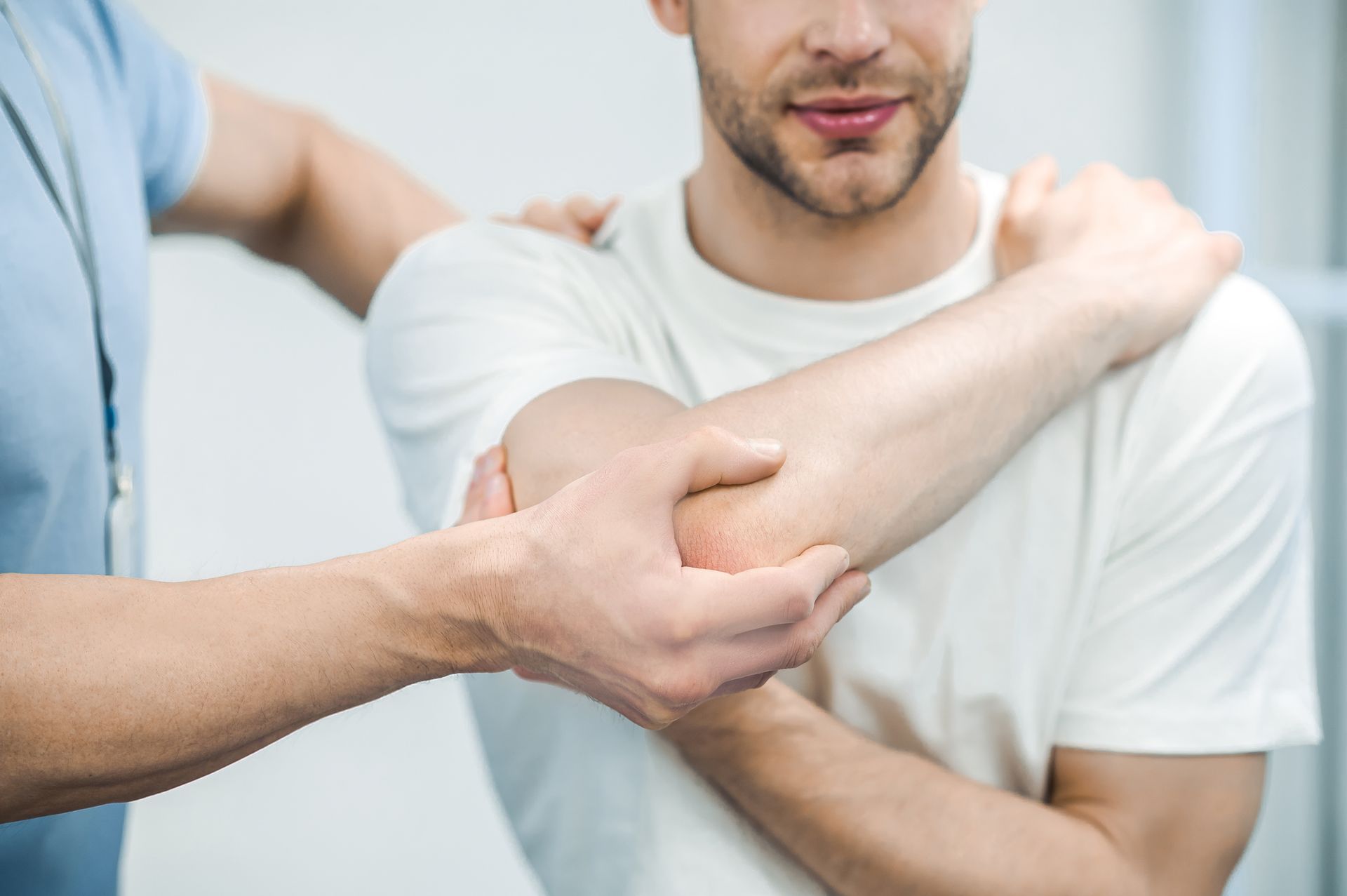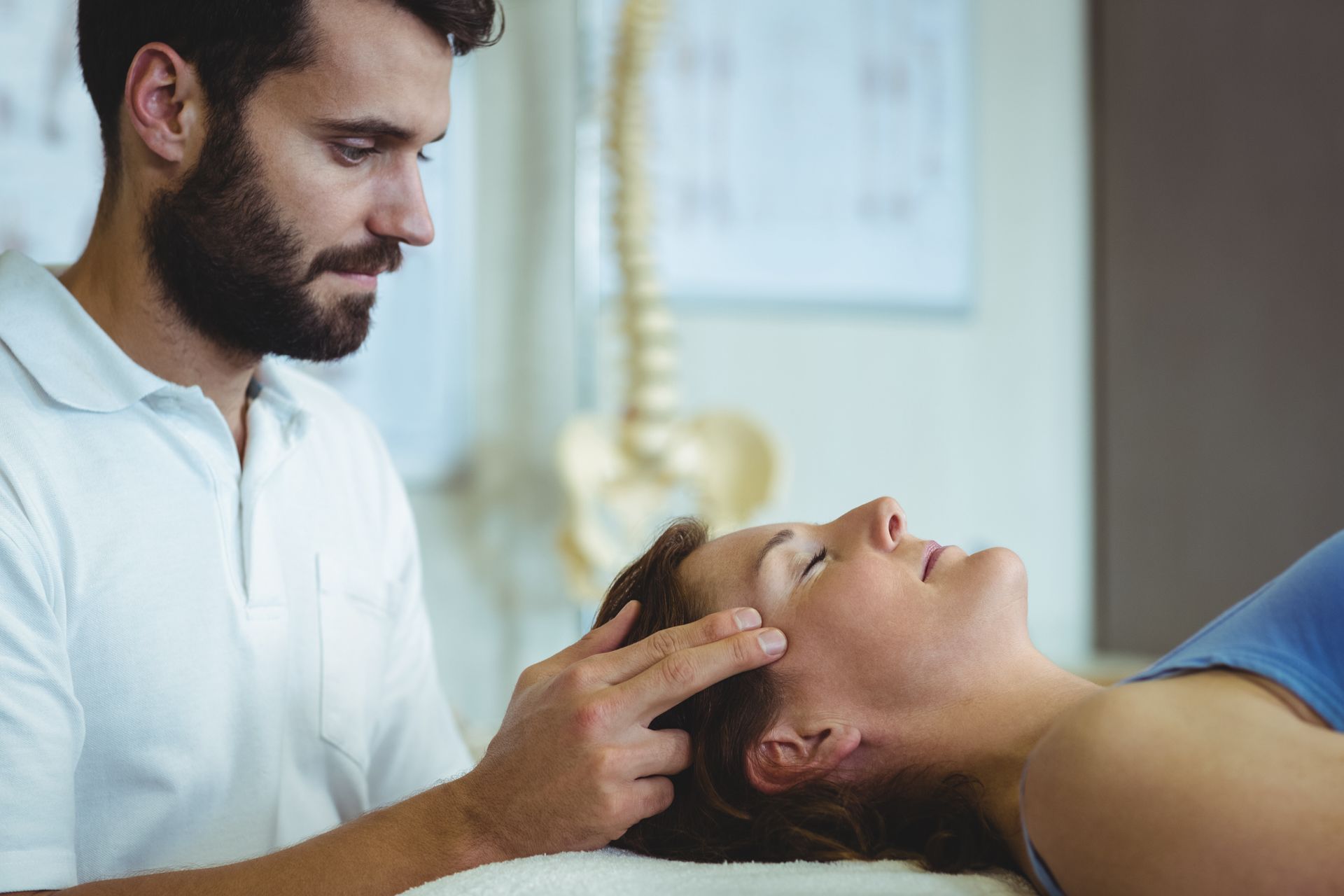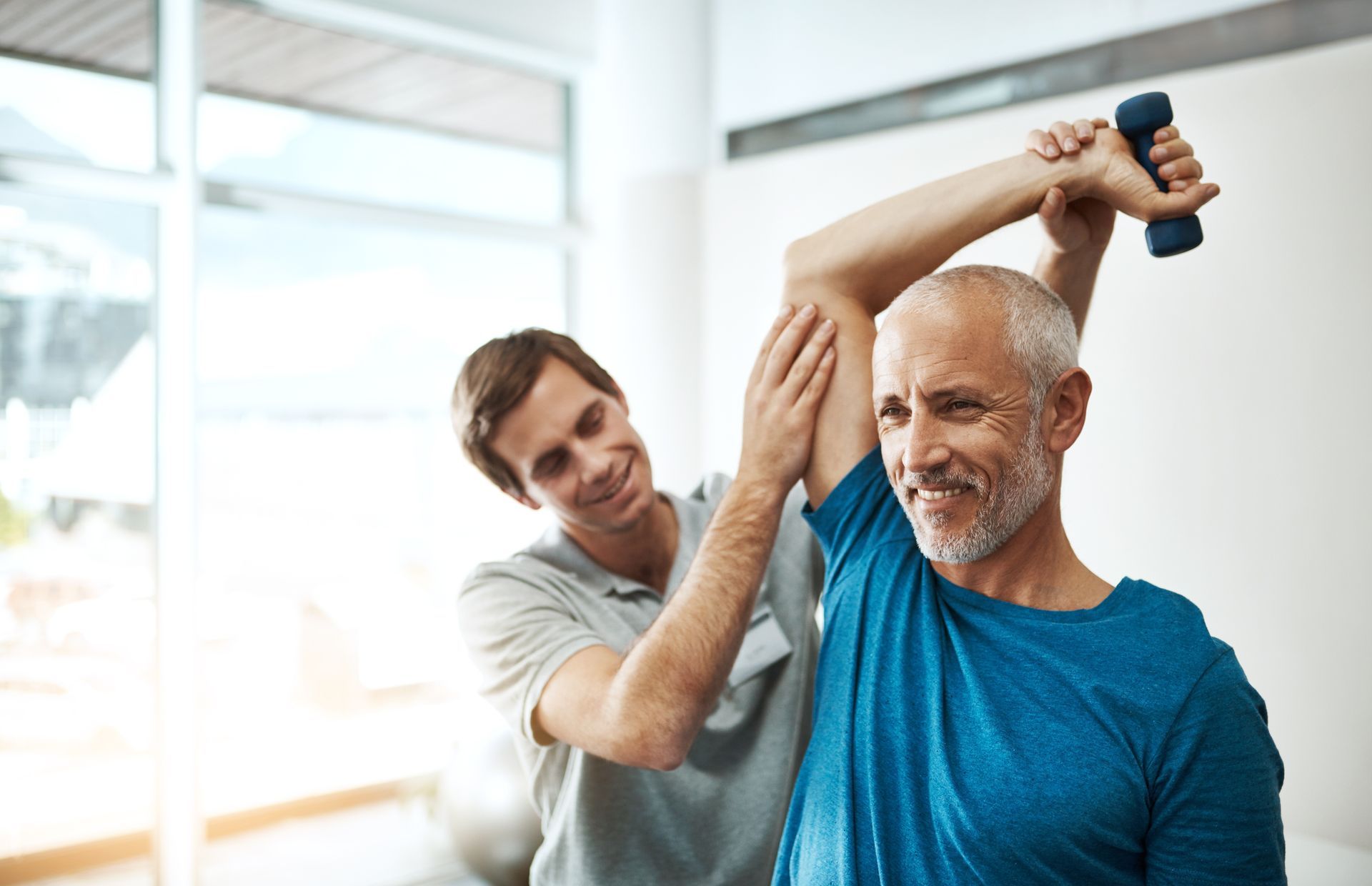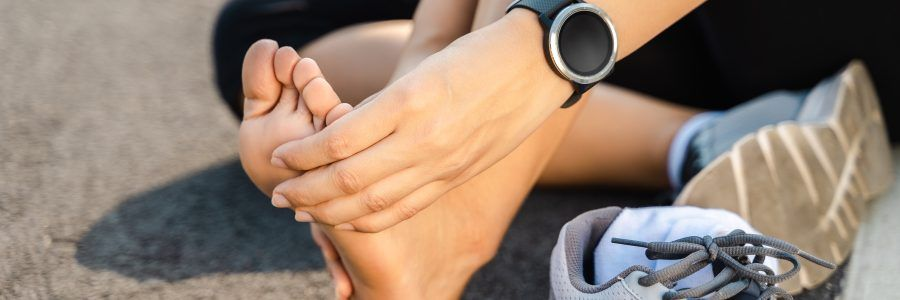WFH Ergonomics: How to Avoid Back & Neck Pain
Technological advancements and easily accessible organizational programs allow many people to work from home rather than in the office. Unfortunately, both involve numerous hours behind a desk with extended periods of sitting. Unless you have a powered standing desk to provide intermittent position changes, prolonged sitting can hurt your neck, back, and shoulders.
Implementing work-from-home (WFH) ergonomics helps you avoid improper posture that can infringe on your concentration and cause excessive tension or
skeletal misalignment. Explore the following WFH ergonomic tips to help you optimize the time spent at your desk.
Adjust Your Chair Height and Position so That Your Feet Are Flat on the Ground and Your Back Supported
Body positioning is everything when it comes to WFH ergonomics. For example, a quality office chair with lumbar support is helpful, but only if set to the correct height.
Your back should be at a ninety-degree angle and fully supported while you work. If the cushioning doesn’t provide enough support for your lower back, add a lumbar cushion for extra comfort.
Set chair height at the length of your leg so your feet easily plant flat on the floor with your knees bent at hip level. If your knees are higher or lower, you must readjust your chair height.
Use a Laptop Stand or an External Keyboard to Keep Your Arms in a Neutral Position
Your arms should rest easily on your desk as you type on your keyboard. If the keyboard is too far away, too high or low, or doesn’t allow good wrist support, your neck and shoulders must accommodate the weight of your arms. This tension can lead to pinched nerves and tight muscles, often headaches.
So, if you use your laptop while sitting on the couch or in bed, perhaps investing in a laptop stand or sticking to your ergonomic chair and desk is better. At the very least, limit the time spent in awkward positions.
Make Sure Your Monitor is at Eye Level, and You’re Sitting Far Enough Away
Monitor placement is also vital to good posture. When your monitor is too high, low, or close, you adjust your gaze, which can strain your eyes and cause you to overextend your neck.
Over time, incorrect keyboard and monitor placement can change your resting posture. The muscles in your chest and shoulders become stagnant and stay hunched-looking without stretching. It can also lead to a tender, round-looking bulge at the base of your neck.
Take Breaks Every 20 Minutes to Move Around and Stretch
Sitting for long periods puts undue strain on your hips, lower back, and tailbone. While necessary for your work, you can avoid muscle and nerve pain by taking regular stretching breaks to release tension and walk around. Investing in a motorized standing desk also helps prevent excessive sitting while still completing your work.
Drink Plenty of Water to Stay Hydrated
Your entire body needs water to function. Cognitive ability, flexibility, and even your digestive system rely on hydration to perform optimally, and when you are dehydrated, you don’t work as well. So, drinking at least 32 ounces of water daily, especially at your desk, helps your concentration and body to feel good.
Correct Your Posture With Chiropractic Care
Chiropractors help provide relief through noninvasive adjustments that realign the skeletal and musculoskeletal systems. It helps relieve tension, pinched nerves and general aches and pains, and your chiropractor can also share the best ways to avoid issues while working from home.
Prioritize your health with the quality chiropractic services at
Delta Physiotherapy & Rehab in Mississauga, ON. Their friendly, professional staff can help you maintain optimal health while you enjoy working from your home office.
Keep your body feeling good with chiropractic care! Schedule your adjustment
online or call
905-822-9898 today!










